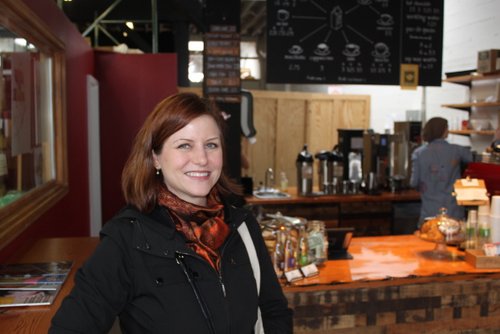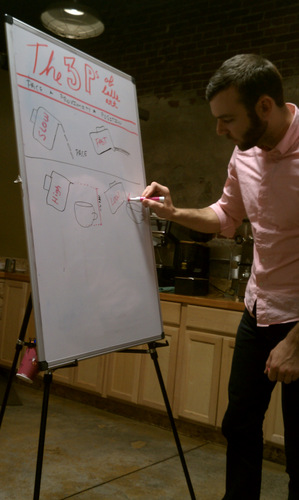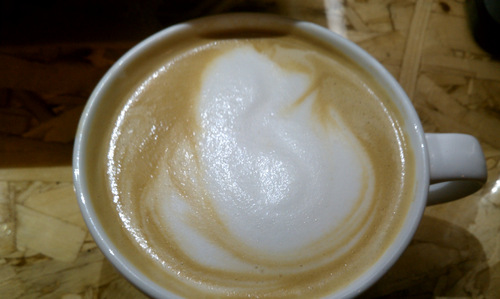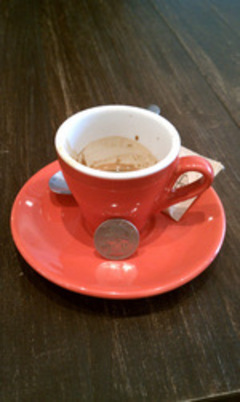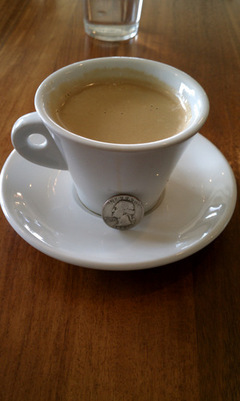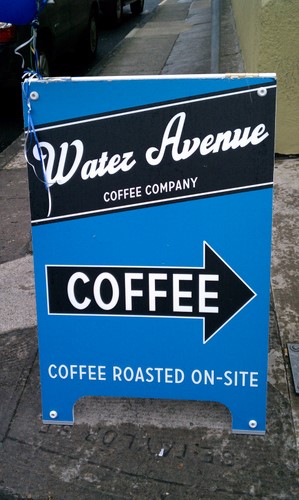The digital delivery of higher education is making knowledge more accessible to more people than ever before. Increasingly, people are turning to the internet to provide their schooling, and it is now possible to get a complete degree (even graduate science degrees) from some of the best universities in the world, without ever setting foot on campus.
Both students and universities benefit from these changes. Students benefit because they can watch lectures and do the coursework on their own time, giving them the flexibility to work more while going to class. Online education can save the students money too, since they can avoid the cost and disruption of moving to a far-away location.
The universities benefit because the marginal cost of delivering a set of courses online is not much different for ten people than it is for five hundred people, and by putting classes online, universities can make them instantly available to people all around the world, significantly broadening their customer bases and spreading their ideas farther than in the past. Societal acceptance of online degrees is coming around too, and every day there is less stigma associated with them.
Naturally, the movement of education online is not limited to university education. Recently, the American Barista and Coffee School (ABC) announced it was opening a new online school, onlinebaristatraining.com, that offers courses for baristas, café owners, and other coffee people who want to learn about barista training and/or the business of coffee.
A first look at ABC's new online school
The nature of the new course also makes it easy to take in the ABC curriculum in smaller bites too. Instead of a five-day marathon that could lead some people to experience coffee overload, onlinebaristatraining.com allows the user to digest information in smaller increments on their own schedule. Accordingly, the up-front cost will be lower, with subscriptions starting at $14.95/month.
I reached out to Matt Milletto, VP of ABC, and Phil Schlieder, ABC’s Director of Business Development, with a few questions about the new online school.
CPDX: Will the courses include the full ABC curriculum? If not, what will be missing?
MM: The online barista training platform is not meant to be a substitute to our hands on business and barista training classes, but more of an ongoing resource for coffee bar owners and baristas. We will be focusing more on how to maintain and grow your existing business thru a linear training methodology for your entire staff, and business guidance on how to succeed in this ever changing industry.
CPDX: Are you worried the online school will compete with your on-site courses?
MM: No, again we are broadening our reach globally and providing an incredibly valuable service to primarily existing coffee bar owners. Our on-site classes represent a full immersion learning environment for those looking to open a new business, and nothing can replace the over 50 hours of comprehensive hands on training our primary class offers.
CPDX: What are the biggest benefits for the enrollees?
MM: As a coffee bar owner, your monthly subscription gives you a resource to establish a consistent training program and education to your staff. You are able to assess your employees progress, and follow along as they move thru the courses. Also, you are constantly updated with new content to help you succeed, and have a true resource for guidance, tips, interactive live webinars, and more.
PS: The cafe shop owner that enrolls in our product is able to not only offer a consistent training platform for their employees, but they are also able to use our management tools as well. Right now online barista training offers a business owner the ability to track his employees progress with their training, but we are looking to expand in the future into such things as scheduling and social interaction between everyone at the coffee business. This tool is especially great for businesses with multiple locations and a large staff as they are able to have a centralized location for all things coffee.
CPDX: What makes ABC’s online courses different from other online coffee classes?
MM: We have not only taken our training methodology to an online format, but have developed a way to ensure assessment and progress that can act as the foundation for a coffee bars training platform. Our course are meant to provide the education, to then take to the espresso machine and practice, practice, practice. We also have eliminated the common large $500+ upfront cost to many other online courses, allowing a business owner to include a small monthly budget dedicated towards training and ongoing education. We have developed a platform that not only includes hours of HD video, but also written curriculum, articles, checklists, live webinars, and more, to promote engagement.
CPDX: What is the cost of attending the new school, and what can students expect to get for that?
MM: The online platform we have developed starts at just $14.95/month depending on if you are a single barista looking to hone your skills, or a shop owner with 10 employees.
CPDX: Do the courses include any interaction with live humans?
MM: We plan to offer live interactive Q&A and webinar type education monthly, and as the site grows, we will be offering more and more ways for our members to interact with our trainers and advisors.
CPDX: How will the courses be laid out?
MM: The barista training methodology is divided into multiple modules, with internal courses and an exam at the end of each. This way everyone will be able to rely on the same training, promoting consistency. There will be additional content added for your staff regularly. A coffee bar owner also has a full dashboard with the ability to add employees and monitor their progress and will have full access to the business and operations content available, as well as the many features we've discussed above.
PS: Our courses layout is in the form of modules and individual lessons. The main barista training platform includes 7 modules each with between 5-10 lessons. At the end of each module there is a comprehensive exam that the employee is able to test their knowledge. At the end of the barista training course there is a final exam with a diploma awarded when a passing score is reached. Our business courses are geared more for the business owner themselves. These are also delivered in a similar format. For both the barista training and business courses, there will be consistently added content for an evolving platform.
The new school should be accepting signups by the end of this week.
Done right, online coursework can be as rigorous as with a traditional classroom (though you do lose some of the social benefits of the traditional model—i.e., it is much harder to go out for drinks with your online professors after class). But the inherent flexibility and the ability to access the best training in a particular field, no matter where you are, will make online education continue to grow in the future. In the case of coffee training, while nothing can substitute for actual hands-on work with an espresso machine or grinder, an online course can give new café owners a strong knowledge base to work with. Equipped with more information, they are less likely to make costly mistakes and more likely to be successful with their ventures.

